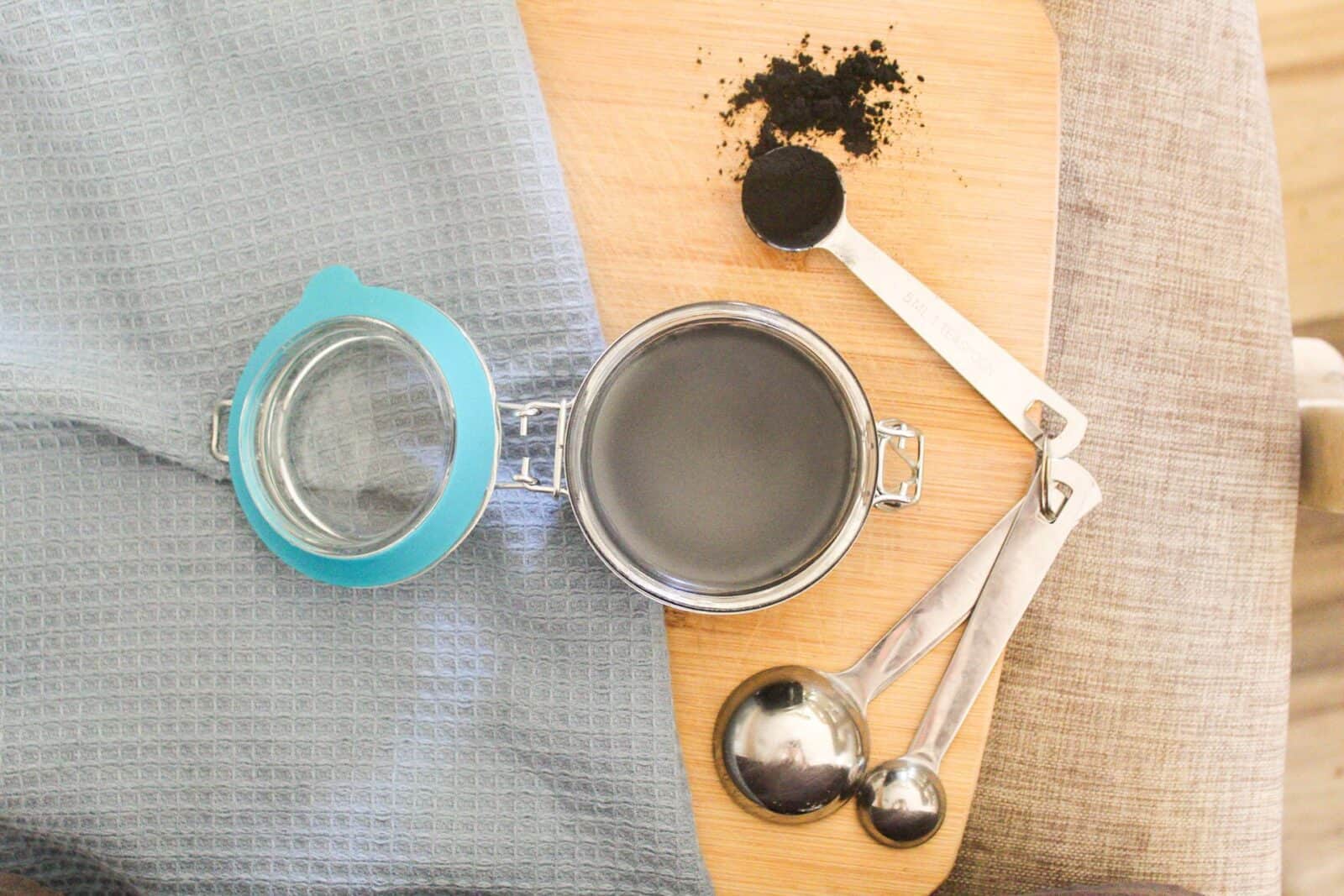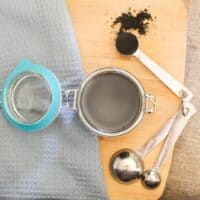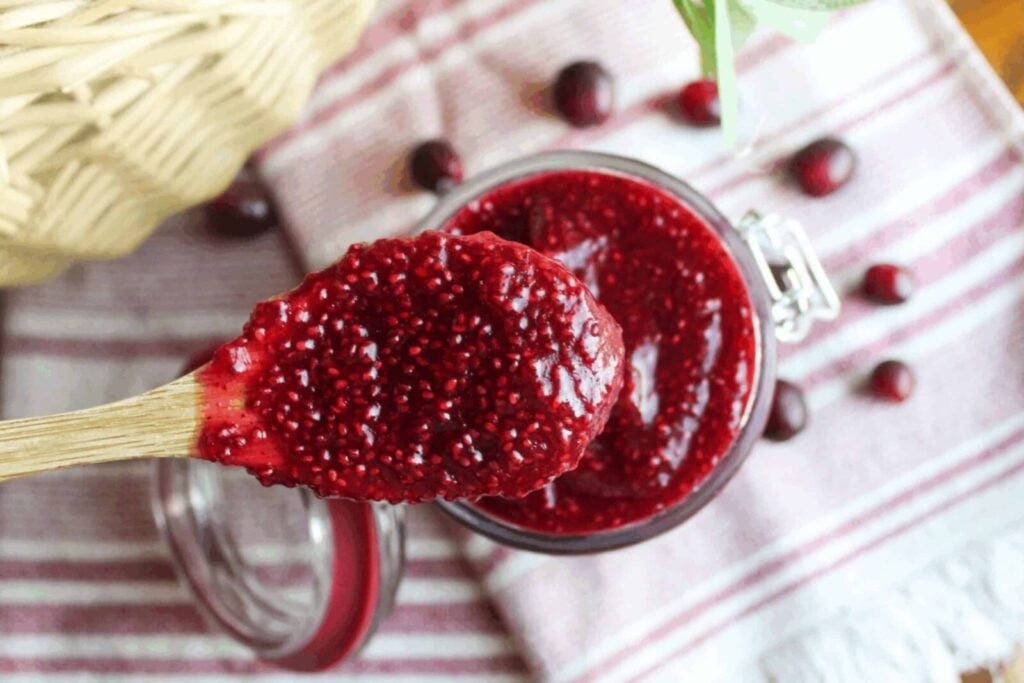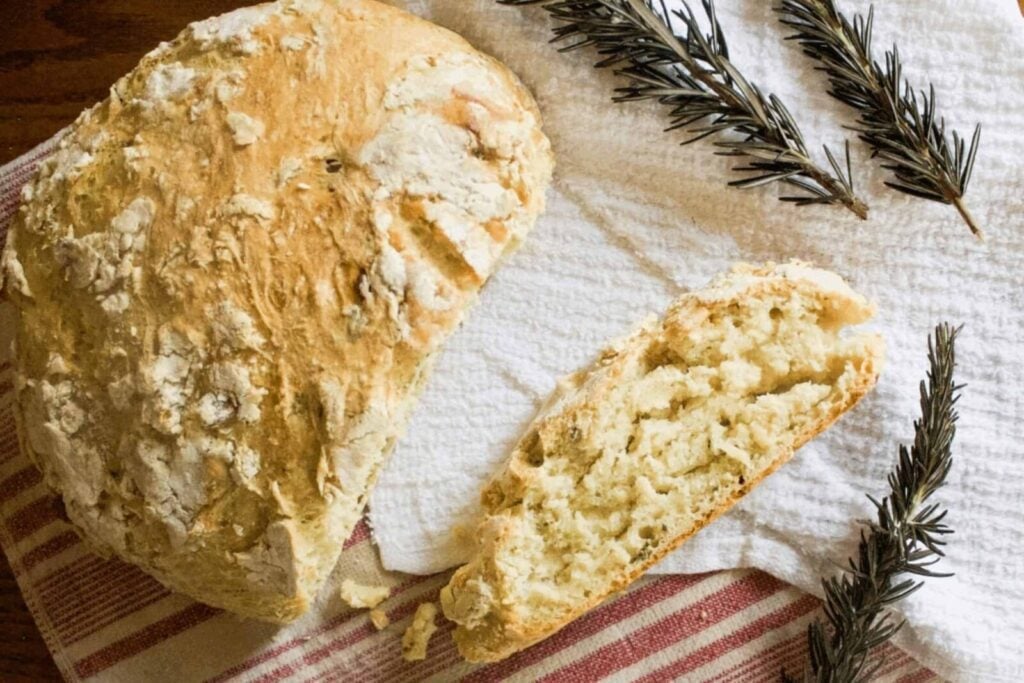Exploring Homemade Drawing Salve Recipe: History, Uses, and Benefits
Homemade Drawing Salve, a traditional remedy cherished for its healing properties, has a rich history rooted in natural medicine practices. This potent ointment, known for its ability to draw out impurities and promote healing, has gained popularity beyond its origins, becoming a staple in many households. In this blog post, we’ll delve into the history, ingredients, uses, and benefits of Draw Salve, exploring why this natural remedy has stood the test of time.
Disclosure: This post may contain affiliate links. That means I may earn a small commission if you purchase through them, at no additional cost to you.
The History of Draw Salve
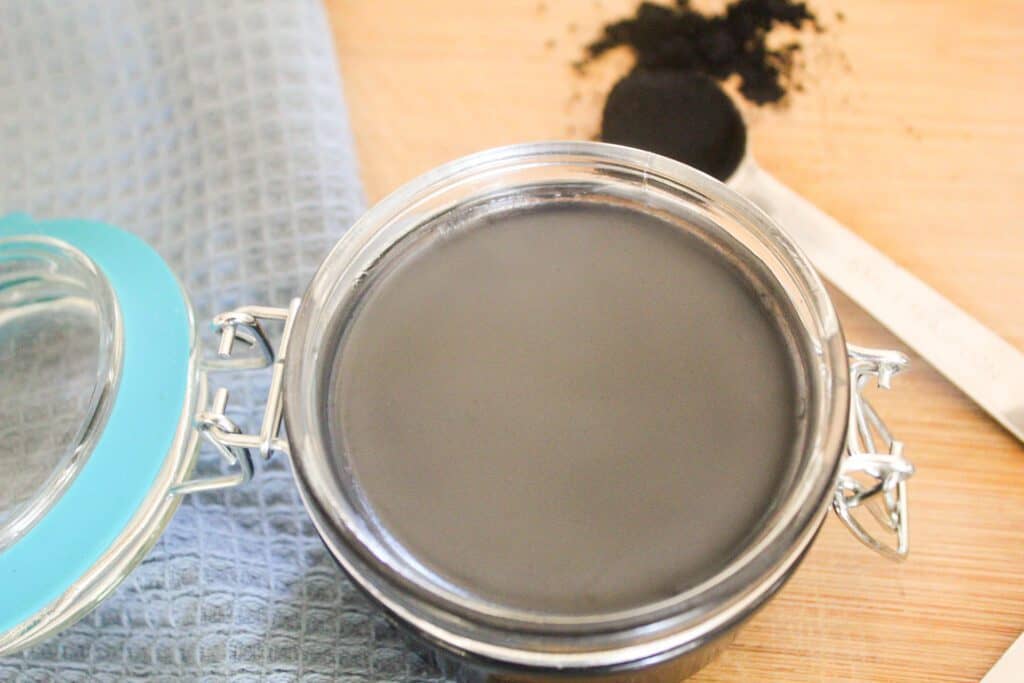
The community, known for its simple, self-sufficient lifestyle, has long relied on natural remedies for treating common ailments. Draw salve, sometimes referred to as “black salve,” has been a part of folk medicine for generations. Traditionally, it was used to treat infections, boils, splinters, and other skin irritations. The salve’s formulation, passed down through families, combines natural ingredients believed to have medicinal properties.
Ingredients and Preparation
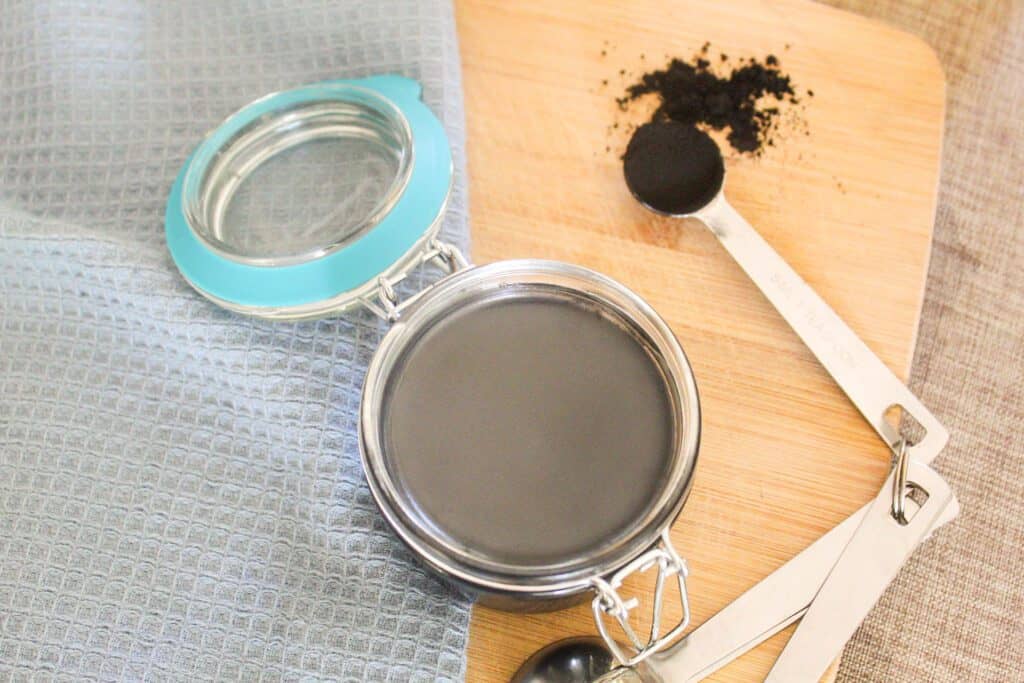
Draw Salve is typically made from a blend of herbal ingredients and natural oils. A common modern recipe includes:
- 1/2 cup coconut oil: Provides a moisturizing base and has antibacterial properties.
- 1/4 cup calendula oil: Known for its anti-inflammatory and healing properties, calendula oil helps soothe irritated skin.
- 1 teaspoon activated charcoal: Known for its ability to absorb toxins, activated charcoal helps to draw out impurities from the skin.
- 1 teaspoon bentonite clay: Works alongside activated charcoal to draw out impurities and soothe the skin.
- 2 tablespoons beeswax: Acts as a natural emollient and thickening agent, giving the salve its smooth texture and creating a protective barrier on the skin.
- 10 drops tea tree oil: Adds antimicrobial benefits and aids in treating infections.
The preparation of Draw Salve involves heating the oils and beeswax, then adding the activated charcoal and bentonite clay. Once these are well-mixed, the essential oils are added. The mixture is then cooled and poured into containers for storage and use.
Uses of Draw Salve
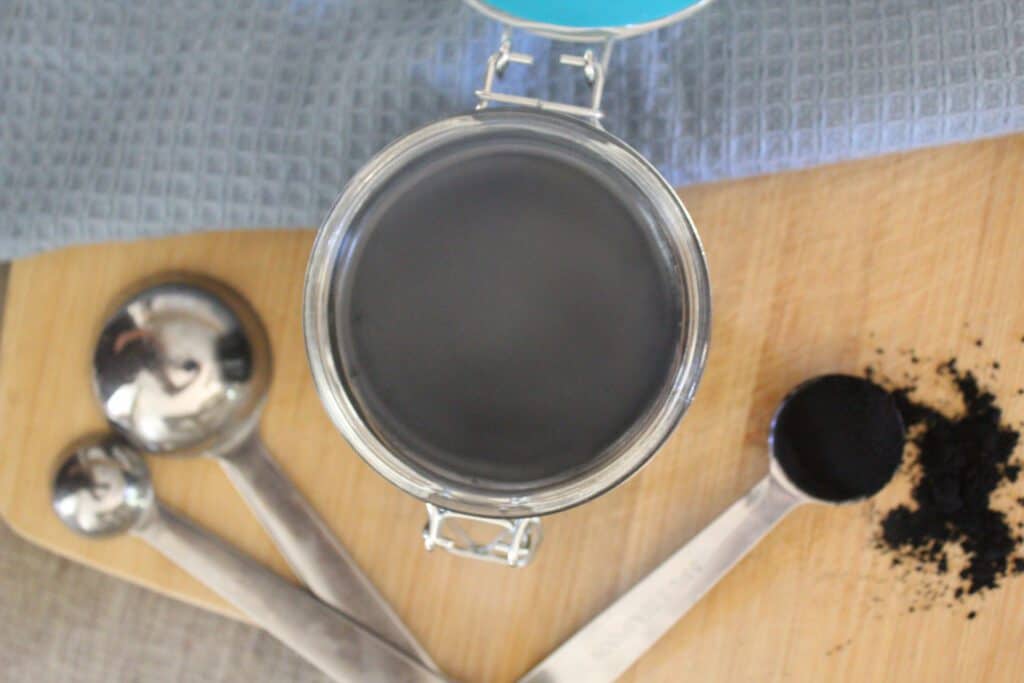
Draw Salve is versatile and can be used to treat a variety of skin conditions. Here are some common uses:
- Boils and Abscesses: The salve helps to draw out pus and reduce inflammation, speeding up the healing process.
- Splinters and Thorns: Applying the salve to the affected area can help to draw out foreign objects, making it easier to remove splinters or thorns.
- Insect Bites and Stings: The anti-inflammatory properties of the salve can reduce swelling and alleviate pain caused by insect bites and stings.
- Cuts and Wounds: The antimicrobial ingredients help to prevent infection and promote faster healing of minor cuts and wounds.
- Skin Infections: The salve’s ability to draw out impurities makes it effective for treating various skin infections, such as cellulitis and infected cuts.
Benefits of Draw Salve
The benefits of using Draw Salve extend beyond its ability to treat specific conditions. Here are some reasons why this traditional remedy is still popular today:
- Natural and Safe: Unlike some over-the-counter treatments that contain synthetic chemicals, Draw Salve is made from natural ingredients, making it a safer option for those with sensitive skin or allergies.
- Effective: The combination of activated charcoal, bentonite clay, and herbal extracts makes the salve highly effective at drawing out impurities and promoting healing.
- Cost-Effective: Making your own draw salve at home can be more affordable than purchasing commercial products, and the ingredients are readily available.
- Multi-Purpose: The salve’s versatility means it can be used for a wide range of skin conditions, reducing the need for multiple products.
- Traditional Wisdom: Using Draw Salve connects you to a long tradition of natural healing, embracing time-tested remedies that have been used for generations.
How to Use Draw Salve
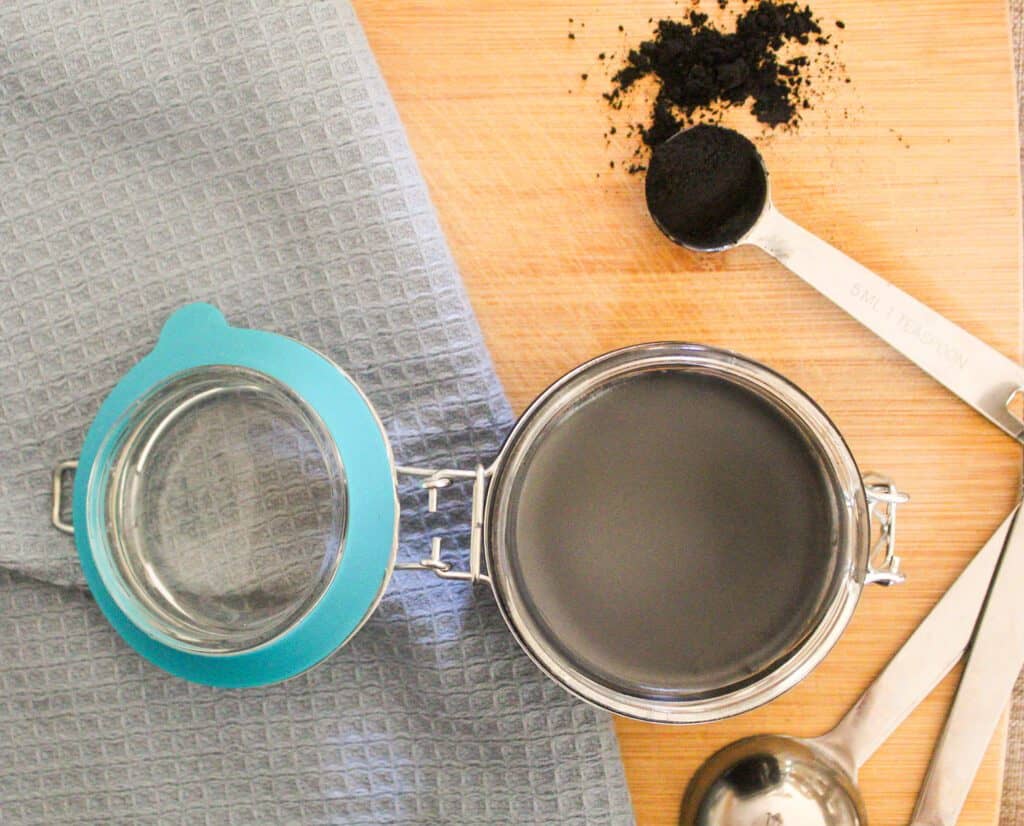
To use Draw Salve, follow these simple steps:
- Clean the Area: Gently clean the affected area with soap and water to remove any dirt or debris.
- Apply the Salve: Using a clean finger or a cotton swab, apply a small amount of salve directly to the affected area.
- Cover with a Bandage: Cover the area with a bandage or gauze to keep the salve in place and protect the area from further contamination.
- Reapply as Needed: Reapply the salve every 12 hours or as needed until the condition improves. For splinters or thorns, continue application until the object is drawn out.
Precautions and Considerations
While Draw Salve is generally safe for most people, there are a few precautions to keep in mind:
- Allergic Reactions: Test the salve on a small area of skin before using it extensively to ensure you are not allergic to any of the ingredients.
- Not for Deep Wounds: Avoid using the salve on deep wounds or severe infections without consulting a healthcare professional.
- Pregnancy and Nursing: If you are pregnant or nursing, consult with a healthcare provider before using the salve, especially if it contains essential oils.
Making Your Own Draw Salve
If you’re interested in making your own Draw Salve, here’s a basic recipe to get you started:
Ingredients:
- 1/2 cup coconut oil
- 1/4 cup calendula oil
- 1 teaspoon activated charcoal
- 1 teaspoon bentonite clay
- 2 tablespoons beeswax
- 10 drops tea tree oil
Instructions:
- In a double boiler, melt the beeswax and coconut oil together over low heat.
- Once melted, stir in the activated charcoal and bentonite clay.
- Remove from heat and let cool slightly before adding the tea tree oil.
- Pour the mixture into small jars or tins and let it solidify at room temperature.
- Store in a cool, dark place and use as needed.
Draw Salve is a powerful, natural remedy with a rich history of use. Its effectiveness in drawing out impurities, reducing inflammation, and promoting healing makes it a valuable addition to any home first aid kit. Whether you choose to make your own or purchase a pre-made version, this traditional salve offers a natural and effective solution for a variety of skin conditions.
FAQ: Homemade Drawing Salve
Can I use this on a splinter or glass sliver?
Yes! This salve is often used to help draw out splinters, glass slivers, or even small thorns. Apply a small amount to the area, cover with a bandage, and check after a few hours.
Does drawing salve work on boils or ingrown hairs?
Many people use drawing salve to help reduce inflammation and encourage drainage. While it’s not a cure, it can offer some relief and may help bring impurities to the surface. Always consult a healthcare provider for serious infections.
Can I use this on kids?
Yes, though always do a patch test first to make sure there’s no skin sensitivity. Be mindful that this salve may stain clothing or linens, so use a bandage to cover the area. I use it on my kids with no issues at all.
Will it stain clothes or sheets?
Because it contains activated charcoal and oil, this salve can stain. Use an old T-shirt, sock, or cloth bandage to avoid ruining fabrics.
How long does homemade drawing salve last?
If stored in a cool, dark place in a clean container, it should last up to 12 months. Use clean fingers or a spatula to avoid contamination.
Homemade Drawing Salve
Ingredients
- ½ Cup Coconut Oil
- ¼ Cup Calendula Oil
- 2 Tbsp Beeswax
- 1 Tsp Activated Charcoal
- 1 Tsp Bentonite Clay
- 10 Drops Tea Tree Oil
Instructions
- In a double boiler, melt the beeswax and coconut oil together over low heat.
- Once melted, stir in the activated charcoal and bentonite clay.
- Remove from heat and let cool slightly before adding the tea tree oil.
- Pour the mixture into small jars or tins and let it solidify at room temperature.
- Store in a cool, dark place and use as needed.
Check Out These Other Natural Remedies!
Hi, I’m Ashley — mama, maker, and lover of all things from-scratch. Around here, you’ll usually find me barefoot in the kitchen, covered in flour or beeswax, with kids underfoot and something simmering on the stove. I believe in slow living, simple joys, and the kind of home that smells like cinnamon rolls and sunshine. Find out more about me here.

